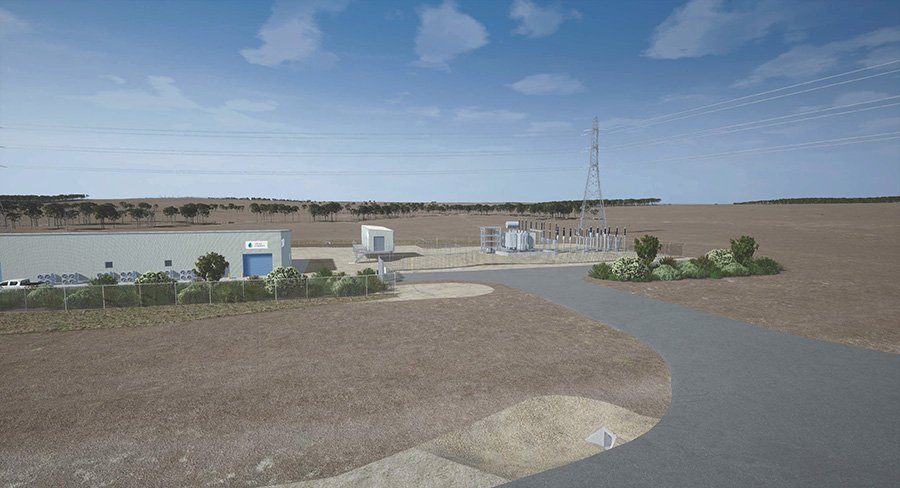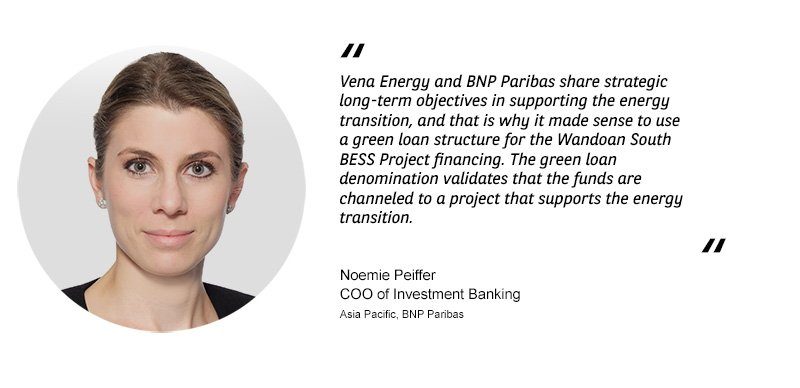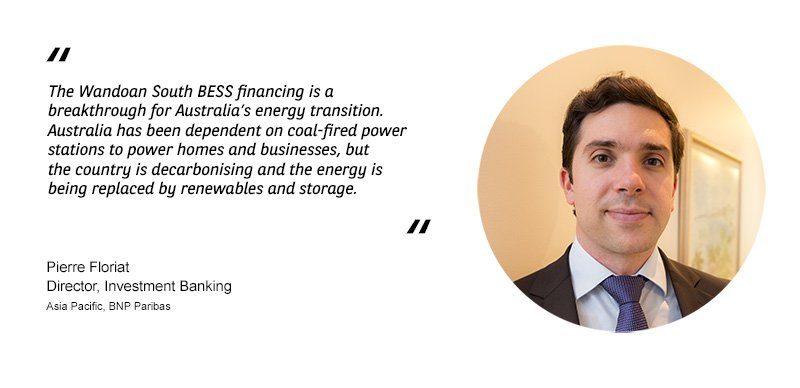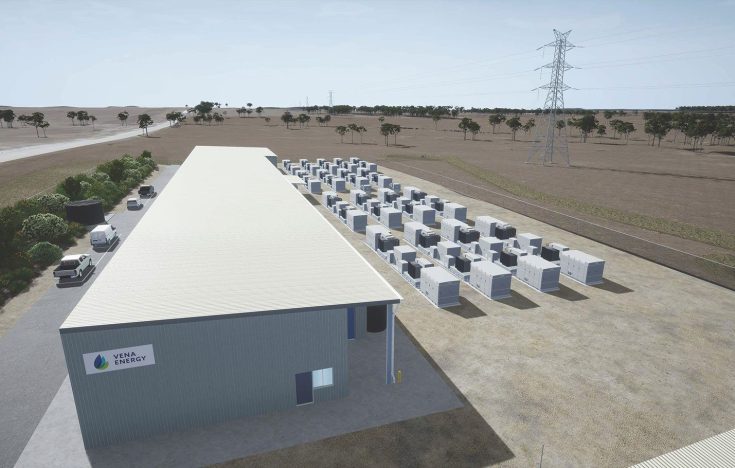Australia’s National Electricity Market (NEM) is changing. Once dominated by fossil fuels like coal, the grid has seen an exponential rise in cheap and carbon-free renewables, especially small-scale rooftop solar. Large-scale wind and solar have also increased, but, like roof-top solar, they generate power intermittently, which means that this electricity is not necessarily available when needed.
While the NEM now regularly experiences periods of excess supply during the middle of the day, supply becomes tighter in the late afternoon and early evening, as the reduction in solar generation coincides with people returning home from work. This problem is amplified during periods of extremely high demand – for example, the hot Australian summer.
For Australia to successfully transition to a low-carbon economy, the grid needs to find a way to harness this excess supply of renewable generation. This requires electricity to become dispatchable – meaning it can enter the energy system when required, not just when the generator is generating. One zero-emission option is large-scale battery technology which stores chemical energy and then converts it into electricity when required.
Breakthrough at Wandoan
Vena Energy is a leading independent power producer that is committed to accelerating the energy transition in Asia Pacific, with presence in nine countries across the region. Vena Energy entered the Australian market in 2016 and since then it has developed a portfolio of renewable energy projects. In 2019 the company successfully commissioned Tailem Bend Solar Project; a 127-megawatt photovoltaic power plant located south-east of Adelaide. In October 2020, Vena Energy embarked on the construction of the A$120 million Wandoan South Battery Energy Storage System (BESS), to help address the intermittent nature of local renewable energy generation and support Australia’s energy transition.

The Project is the largest of its kind in Queensland and will be able to supply up to 100-megawatts and store up to 150-megawatt hours of renewable energy, enabling it to power up to 57,000 homes. AGL Energy, one of Australia’s leading energy generator and retailer, has signed a 15-year agreement, in support of the Project.
Green loans
To finance the project, Vena Energy borrowed A$100 million in green loans. BNP Paribas was sole green loan coordinator.

“Vena Energy and BNP Paribas share strategic long-term objectives in supporting the energy transition, and that is why it made sense to use a green loan structure for the Wandoan South BESS Project financing,” said Noemie Peiffer, COO of Investment Banking Asia Pacific at BNP Paribas. “The green loan denomination validates that the funds are channeled to a project that supports the energy transition.
“Vena Energy is not new to green financing,” continued Noemie. “The company issued its first Corporate Green Bond in early 2020 and put in place a robust Green Financing Framework, independently evaluated by both Vigeo Eiris and the Japan Credit Rating Agency.”
Green loans also offer transparency to the public, because the borrower is required to report on a range of sustainability performance indicators. They are also attractive to banks like BNP Paribas who are committed to using their balance sheets to support that transition.
Ultimately, green loans align borrowers’ financial strategy with their sustainability agenda. In the case of the Wandoan South BESS Project, it was not only Vena Energy’s commitment to energy transition, but also its market leading position in the sector that was critical in being able to structure the loan as a green loan.
New horizons for decarbonised energy
The financing for Vena Energy’s Wandoan South BESS Project opens up new possibilities for the modernisation of Australia’s electricity grid.
This is the first privately procured financing for a utility-scale stand-alone BESS in Australia and Asia Pacific. It is also the first private financing to be arranged on a non-recourse basis for a stand-alone BESS. Utility scale batteries in Australia have generally been of much smaller scale and historically they were developed and financed as an adjunct to a renewable energy generation project. In a very limited number of cases, governments have been involved to support the development of these projects.
“The Wandoan South BESS financing is a breakthrough for Australia’s energy transition,” said Pierre Floriat, a Director in the Asia Pacific Investment Banking team at BNP Paribas.
“Australia has been dependent on coal-fired power stations to power homes and businesses, but the country is decarbonising and the energy is being replaced by renewables and storage.”

Renewables need to be backed up by a modern grid and storage technologies to keep the electricity system reliable, and batteries are a critical part of the solution. Growing numbers of battery systems are being built around Australia, with the Australian Energy Market Operator 2020 Integrated System Plan recommending that 6-19 gigawatt of new dispatchable resources are needed to back up renewables.
The challenge to building more, Pierre pointed out, is finding a structure that provides long-term visibility on cash flows for investors, and unlocking large and efficient sources of capital to match the scale of capital investment required. By showing that battery facilities can be commercially financed on a standalone basis, Wandoan South BESS could be a catalyst for the development of clean and efficient energy networks in Australia.
Doing more than storing energy
Historically, Australia’s electricity network was built around power stations that were situated close to major coal basins, to support 24/7 power generation. Now, the influx of renewable energy has transformed the energy mix across Australia’s eastern seaboard in recent years.
Australia’s NEM is currently going through a redesign process, led by the Energy Security Board. The Board recently noted that renewables are displacing dispatchable thermal generation at great speed, making blackout prevention more difficult. An additional ancillary benefit of grid-scale batteries, like Vena Energy’s Wandoan South BESS, is to provide grid stability, which helps prevent blackouts.

